M-39 Finnish Nagant Bolt Action Rifle………….(f 538) SOLD
Created on December 29th 2015
M-39 Finnish Nagant Bolt Action Rifle
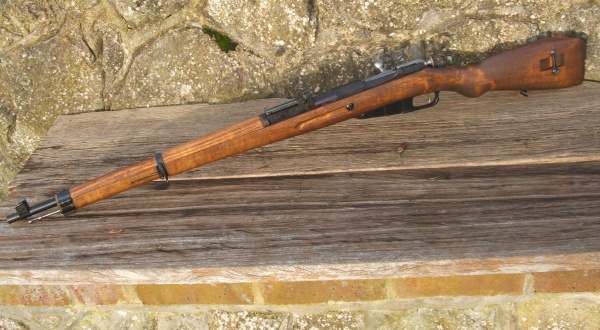
This, and all the others currently in stock, appear to be un-issued examples of the famous Finnish Nagant. Allied to the Germans, the Finns were involved in the very early stages of the Second World War. These re-worked, vastly improved Nagant rifles were taken from the Russians and used against their own troops. By the late stages of that early “Winter War”, it had become apparent that these simple rifles were accounting for vastly disproportionate numbers of the opposing forces. Each highly skilled Finnish rifleman was apparently inflicting the kind of casualties that a trained sniper would be expected to take. Equipped only with open sights and the rifle set up just as this example, except for winter camouflage they took from the advancing Russians heavy casualties. The defending Finns were expert skiers, expert shots (as most people hunted throughout the countryside) and easily able to blend into the landscape they knew so well.
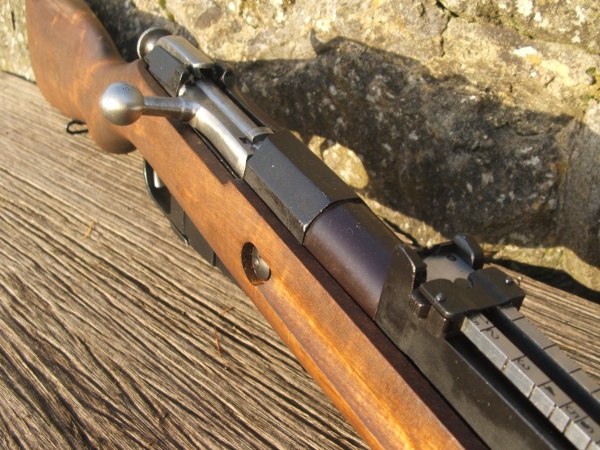
The improvements made by the Finish rifle factories were all based on the early strong, hexagonal Mosin-Nagant receivers. The bolt handle was shortened for quicker cycling and handling with thick gloves. The original barrels were changed for a heavier shorter version. The 7.62 x 54 rimmed cartridge was slightly “tweeked” to a 7.62 x 53 rimmed caliber. The sights were vastly improved and more closely calibrated for the round. They were also made more easy to handle and adjust even with thick winter gloves on. The front sight protection was “beefed” up by the addition of heavy duty “ears” either side. Accurate and fine adjustment to the front sight came in the form of a graduated adjustment screw which moved the front blade to refine the “zero”.
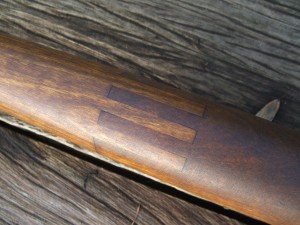
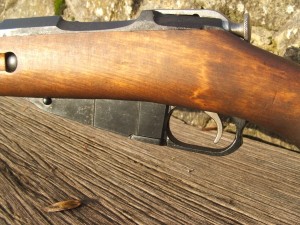
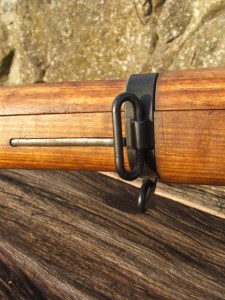
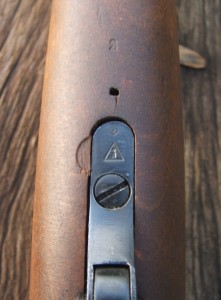
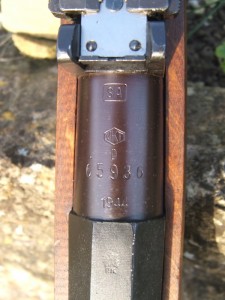
The technology and know how that went into the new stocks could only have been gathered from a wealth of experience in harsh, freezing winter conditions. The Finns were highly conversant with the extremely negative effects of frozen water within a rifle stock. So, using the same Spruce, grown in their vast forests, they applied highly technical wood machining skills and produced a stock that was resistant to the violent warping that could occur in the for-end. It was finger jointed near the half way point so counteracting the destructive forces which could cause warping or even shattering. The lightweight timber kept the rifles overall weight down. Any other imperfections which arose in the structure of the timber, like knots common in soft-wood, were drilled out and plugged.
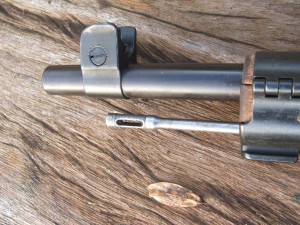
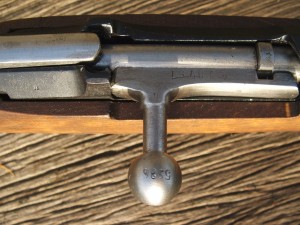
The Fins added additional sling swivels thus adding versatility to the positioning of the sling. The deep, staggered finger grips which run laterally down the fore-end also added to the grip that the rifleman was able to assert upon the stock, even through his winter gloves. After the factories had finished with what had started life as a fairly mundane, unremarkable infantry weapon the result became a lethal predator in the winter wastelands of that forgotten conflict. This M-39 has a repaired crack in the stock running from the heel of the butt plate for about 5″ towards the action. It has shown no further signs of movement.
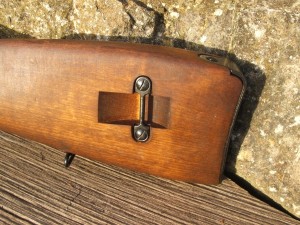
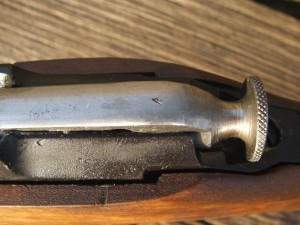
The rifle is 47″ in overall length. The round heavy barrel is 26.3/4″ long. The trigger pull being a standard 13.3/4″ to heel. The M-39 has a standard Nagant 5-shot internal magazine which can be strip loaded through a split loading bridge towards the rear of the action. The hexagonal blacked receiver guides the straight arm bolt which is original to an older rifle but has been renumbered to this weapon in the factory. The bolt is in the white and the old serial number is still visible on top and reads “499751” but is struck through. The new serial number is stamped into the upper side of the bolt knob and reads “5936”.
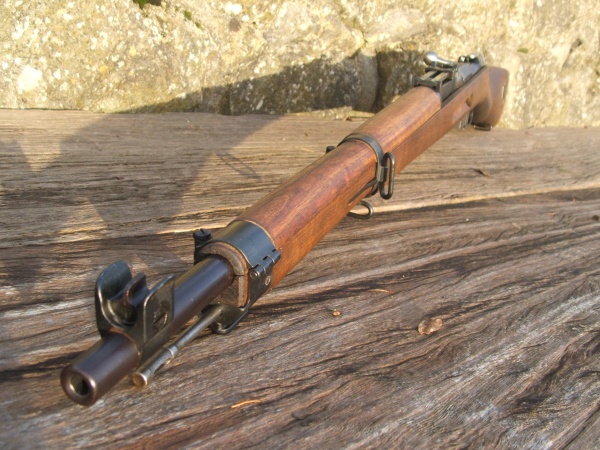
The top flat of the receiver has a small blurred stamping which could be the Imperial Russian Eagle with cyrillic initials under. The round exposed part at the rear of the barrel holds all the clues to the genealogy of this rifle. Reading from the top (close to the rear sight) First of all there is a boxed “SA” mark which is the Finish Army mark. Then the “VKT” makers mark, over a simple “D”, this means the chamber has been opened up to take the slightly different bullet shape of the improved ammunition used. Next the serial number in full “65936” and then the date “1944”. The Finnish increased pressure mark is just visible on the LHS at the woodwork level. On the tang of the magazine forward stock screw is a clear “arrow within a triangle” marking, this is the Russian arsenal marking for Izhevsk. It is also visible in the top of the bolt, towards the rear.
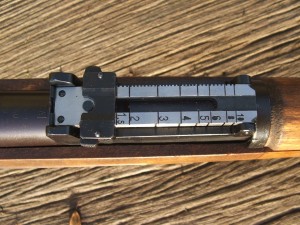
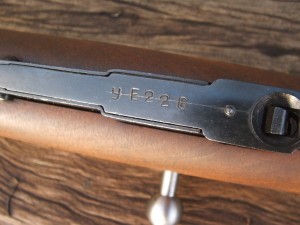
The sights have an open notch when lying down which is the battle sight. They are graduated from 150 meters to laying down and then to a maximum of 2000 meters in the upright position. There is no windage to the rear sights. Under the barrel within the fore-end there is a full length cleaning rod with a slotted head. On the underside of the magazine the previous number is also visible, once again struck through. The condition of the bore is very very good. Deep rifling and a spotlessly clean bore look to make this rifle as good as it was the day it came out of the factory. The stock is plain and finished with a mat patina. The condition of all the metalwork is first class with little to no wear, even on the high points. The impression is that this rifle has not been used. This M-39 has just acquired Birmingham proofs which have been applied sympathetically.
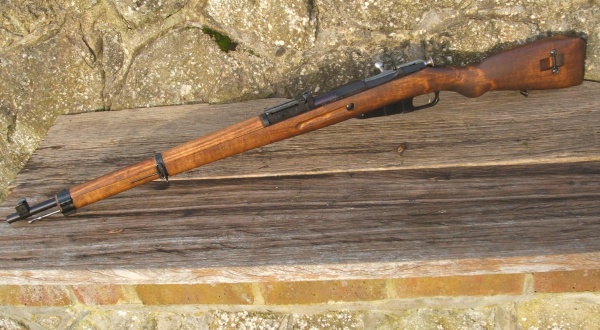
Stock No’ f 538
£ 815. SOLD
Foot Note:
There are three more of these rifles in stack at this moment. They are practically identical and are all in apparently un-issued condition.The following three have NO timber defects;-
Stock No’ f 510 s/n 53786…….. £ 825. SOLD
Stock No’ f 534 s/n 27048……..£ 825. SOLD
Stock No’ f 535 s/n 36535…….. £ 825. SOLD
Comments Off on M-39 Finnish Nagant Bolt Action Rifle………….(f 538) SOLD